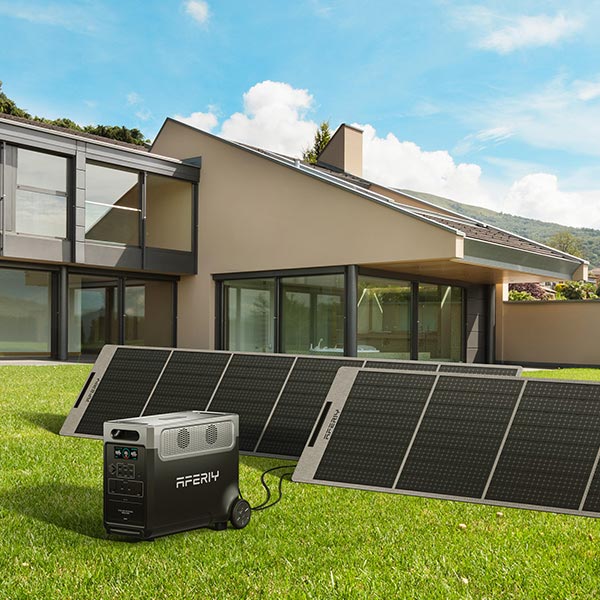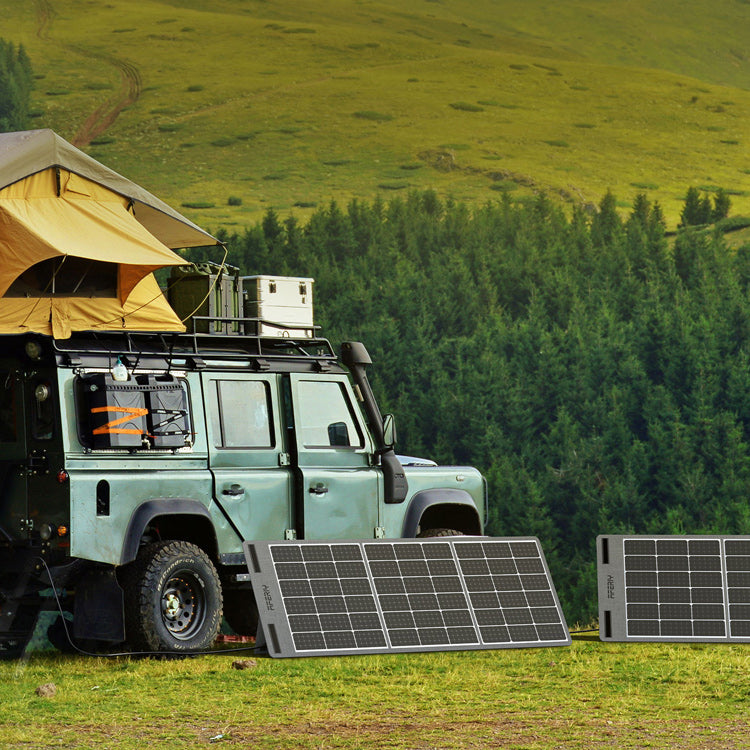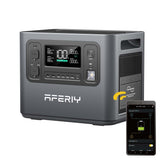What Size Portable Power Station Do I Need?
Portable power stations are a great way to prepare your home with backup energy source when a power blackout strikes. Before you buy one, figuring out which size is right for you is vital to make sure sufficient power is available to run your appliances when necessary. However, that could be kind of challenging at the same time.
In this article, we'll be discussing why portable power supply is made in different sizes and how to size yours depending on your electrical needs.

What Determines the Size of Portable Power Stations?
To begin with, let's make a comparison between a 200Wh and 2000Wh battery-powered power station. What does the number ending off with a "Wh" mean? Well, that stands for Watt Hour, the higher the number, the more capacity a station has. So, a 2000Wh power station has larger capacity than a 200Wh one.Every portable power station is built in with a battery functioning as an electricity storage unit, which indicates the size of the battery decides how much capacity the station has. In short, the larger the battery capacity, the bigger the power station.
How to Size Your Portable Power Station?
Now that you know capacity determines the size of a rechargeable power station, the very first thing you should do is to work out how much power you will need to run your electrical gadgets during a blackout so as to get a power station right for you.Write a list of what you'll need to power. Think about what devices are essential for you when a power cut happens. For instance, electronics like your phone and laptop — to ensure you can stay connected to the outside and uninterrupted to your work, or lights that can illuminate the house. Alternatively, large appliances such as refrigerator to save food from spoiling, space heater or cooling device that ensures you stay in a comfortable temperature, water heater that allows you to take a cosy shower.
Estimate the time to run each device. After writing down the devices you will need to power, estimate how many hours you'll use them respectively, which helps you to cipher out the total amount of power you require during a power failure.
Check the wattage of gadgets you need to power. Check the power rating (in Watts) on the label of appliances or in the setting of electronics you need to power. If you can't find the power consumption data of your appliances, you can work out the number by multiplying the voltage by current.
Add up the power of all electrical gadgets. After getting know the wattage of all electrical gadgets and the time they'll need to be powered, multiply the wattage of each device by its running time (h) to work out the amount of power each device requires. In the end, add all the numbers up, the final figure you got is the total power you need throughout a blackout.
Add at least 20% margin for safety. To make sure the portable backup generator you choose has sufficient source of power to run your appliances, at least 20% margin should be added to the power you need. After all, there are probably errors existed since the the figure you work out is calculated roughly. Besides, extra margin can keep you prepared for some unexpected needs.
Final thoughts
By calculating the total power required to keep your appliances running during a power outage, you will be clear about what size, or in other words, what capacity portable power station could meet with your energy needs.











Leave a comment
Please note, comments need to be approved before they are published.